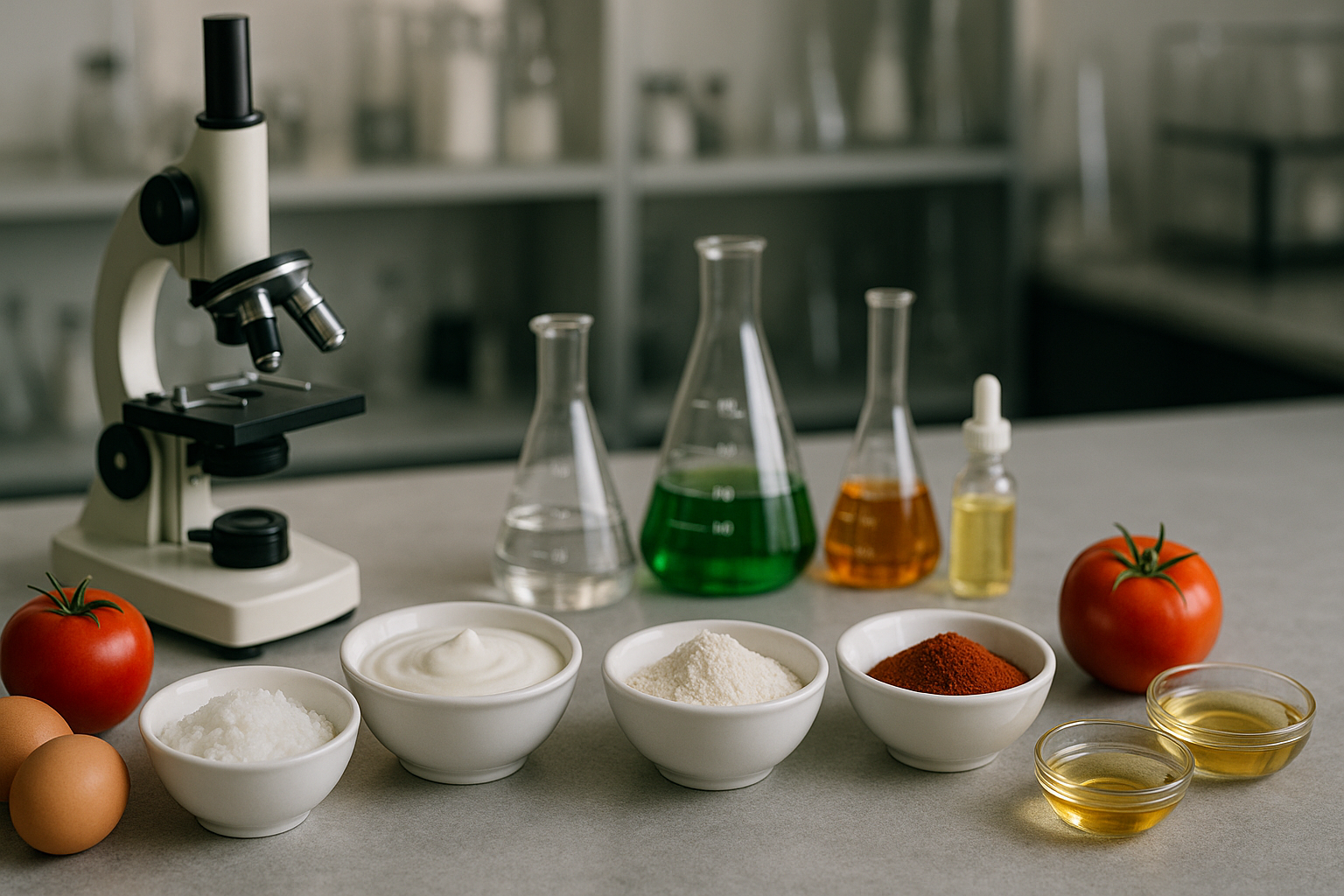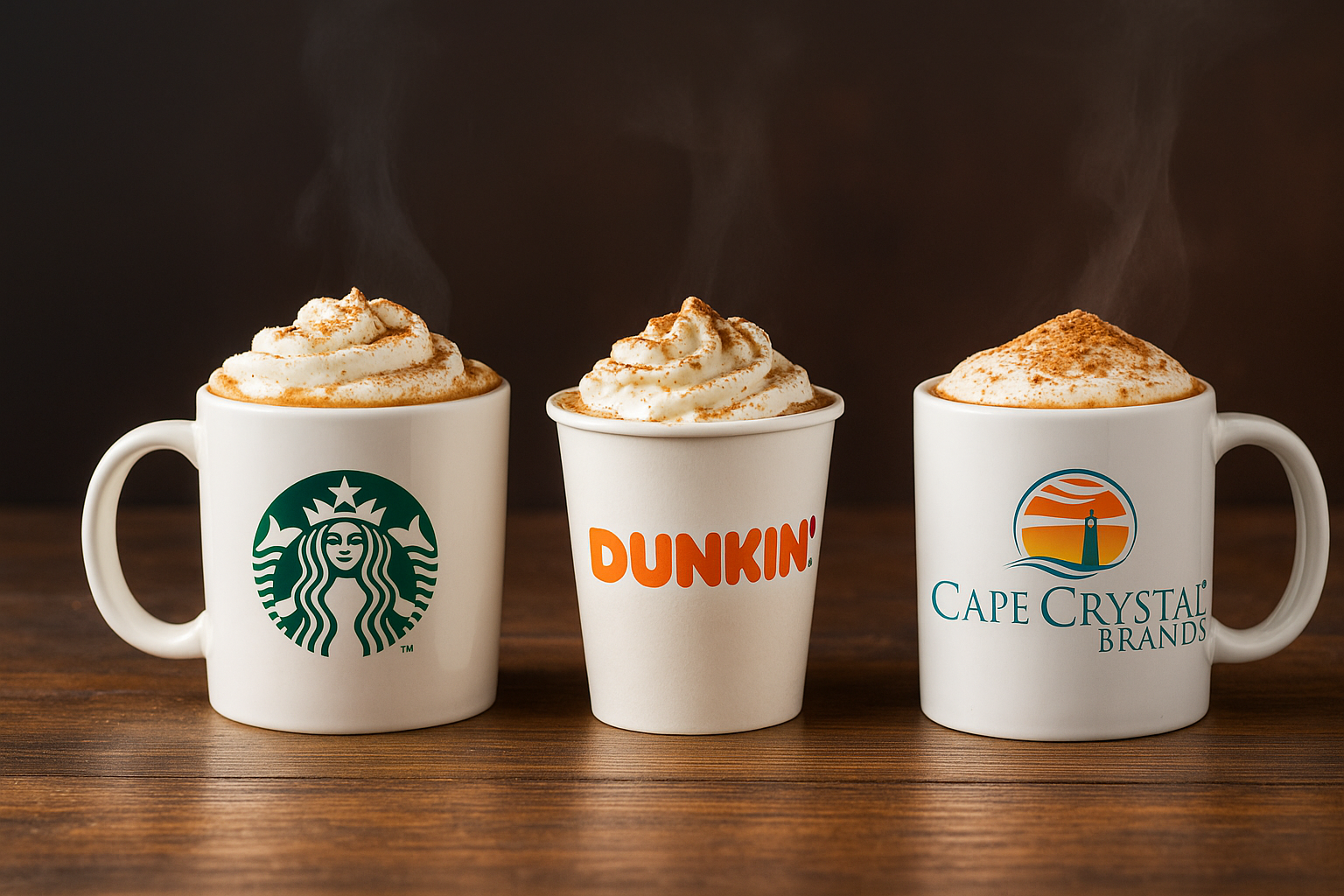
Replacing Gelatin with Agar Agar: A Comprehensive Guide
SUBSCRIBE TO OUR BLOG
Promotions, new products, and recipes.
Updated September 26, 2025
Replacing Gelatin with Agar Agar: Ratios, Recipes & Vegan Guide
Agar vs. Gelatin — At-a-Glance
- Origin: Gelatin = animal collagen; agar agar = red seaweed (vegan).
- Setting Power: Agar sets firmer and stays solid at room temp.
- Core Ratio: 1 tsp agar powder ≈ 1 Tbsp gelatin (firm set).
- Best Uses: Panna cotta, gummies, jellies, custards, vegan cheesecakes.
- Shop: Consistent results with Cape Crystal Agar Agar Powder.
What is Agar Agar and How Does it Differ from Gelatin?
Agar agar comes from red algae like Gracilaria and Gelidium, and therefore, it is purely plant-based and vegan and vegetarian-friendly. Gelatin is an animal protein obtained from collagen. Both are gel-based liquids, but they have different properties—agar agar is hard-setting and holds at room temperature, while gelatin is soft/elastic and melts in the mouth.
Agar sets with higher gelling strength, meaning that less agar is needed compared to gelatin to attain an equal or cleaner set. Moreover, agar sets well with an acidic flavor, which may be challenging with gelatin. For an in-depth comparison, please view Agar Agar vs Gelatin.
Agar Agar: A Vegan and Nutrient-Packed Substitute
Agar agar is known for its clean label cooking. Specifically, it is vegan-friendly, has no gluten content, and is rich in fiber. It is a good source of trace minerals and is versatile for use in modern desserts. This product does not add flavors when cooked.
- Vegan & allergen-friendly alternative to gelatin.
- Stable at room temp—great for molded desserts and displays.
- Acid-friendly: works with citrus, passionfruit, and berry purées.
Substituting Agar Agar for Gelatin (Conversion Chart)
The #1 question is “How much agar equals gelatin?” Use this quick chart (save/share):
| Recipe Type | Gelatin | Agar Agar Equivalent |
|---|---|---|
| Soft set (custards, puddings) | 1 tsp gelatin | ~ 1/3 tsp agar powder |
| Firm set (jellies, gummies) | 1 Tbsp gelatin | ~ 1 tsp agar powder |
| Very firm (molded slices) | 2 Tbsp gelatin | ~ 2 tsp agar powder |
Activation tip: Unlike gelatin, agar must be boiled in the liquid (simmer 2–3 minutes) to fully dissolve and gel properly.
Dissolving & Quick Tips for Perfect Results
- Boil to activate: bring to a boil and simmer 2–3 minutes, whisking to avoid clumps.
- Work quickly: agar sets fast as it cools—pour into molds right away.
- Texture tuning: if too firm, reduce agar slightly; if too soft, add a pinch more next batch.
- Dairy notes: for ultra-smooth dairy/alt-dairy desserts, fully dissolve agar before adding and avoid prolonged high heat afterward.
Video: Agar vs. Gelatin Basics
Culinary Uses of Agar Agar
However, when it comes to replacing gelatin with agar agar in the kitchen, there are almost unlimited possibilities. This plant-based substitute for gelatin allows one to easily prepare a variety of sweet or savory dishes.
Jellies and Fruit Desserts
Agar agar impresses when used to make fruit jellies and puddings. It also sets quickly at room temperature, which means that one can easily prepare fruit jellies with various layers without spending hours keeping them in the refrigerator.
Custards and Puddings
Wanting pudding with a smooth, rich consistency but don’t have or wish to use gelatin? Agar agar offers the perfect consistency for pudding recipes that don’t use dairy or eggs.
Cheesecakes and Tarts
The replacement of gelatin in no-bake cheesecakes and tarts with agar agar gives the necessary strength to set creamy fillings, and it retains an indulgent texture. Another benefit: your dessert will remain fully vegan.
Soups and Sauces
Agar agar can be used for purposes other than making sweet foods. It can be used to thicken soups and sauces to give them a silky texture. It can also be used to suspend vegetables and herbs for decoration.
Plant-Based Gummies and Marshmallows
Like to snack on chewy gummies and light-as-a-cloud marshmallows? You can use agar agar to go back to your childhood and make these fun snacks at home in a totally plant-based version.
Dissolving Agar Agar for Perfect Results
To get the right texture when replacing gelatin with agar agar, follow these steps:
- Measure carefully: 1 Tbsp agar flakes = 1 tsp agar powder = 1 gelatin packet.
- Start cold: Mix agar into cold liquid first to prevent clumps.
- Simmer gently: Heat until lightly bubbling for 1–2 minutes, whisking constantly.
- Stir consistently: Even distribution ensures a smooth set.
- Chill to finish: Agar sets at room temp, but refrigeration gives the cleanest texture.
Gelatin Desserts with Agar Agar Substitutes
Classic desserts can be easily adapted for vegan diets using agar agar. Here are simple swaps:
| Dessert | Agar Agar Substitute |
|---|---|
| Jell-O | Agar Agar Fruit Cubes |
| Panna Cotta | Vegan Vanilla Cream with Agar |
| Marshmallows | Agar Marshmallows |
| Mousse | Vegan Chocolate Mousse |
Agar Agar vs. Gelatin: Key Differences
- Source: Agar = seaweed (vegan); gelatin = animal collagen.
- Temperature: Agar stays solid in heat; gelatin softens/melts.
- Strength: Agar sets firmer—use less than gelatin.
- Nutrition: Agar = fiber + minerals; gelatin = amino acids like glycine & proline.
Must-Try Agar Agar Recipes
- Fruit Jelly Cups — quick, colorful, refreshing.
- Matcha Pudding — coconut milk + earthy green tea.
- Vegan Cheesecake — creamy cashew-coconut filling.
- Vegan Chocolate Pudding — rich and dairy-free.
Try Professional-Grade Agar Agar
At Cape Crystal Brands, we supply pure Agar Agar Powder trusted by chefs and food scientists. Perfect for vegan recipes, modernist cuisine, and everyday desserts.
FAQ: Replacing Gelatin with Agar Agar
How much agar replaces gelatin?
Use ~1 tsp agar agar powder for every 1 Tbsp gelatin. Always boil agar to activate.
Can I use agar in cheesecake?
Yes! Agar sets no-bake cheesecakes firmly while keeping them vegan.
Does agar taste different?
Properly dissolved agar is neutral. If undercooked, it can leave a slight vegetal taste.
Can agar make vegan gummies?
Absolutely—agar is ideal for chewy, colorful vegan gummies and candies.

|
About the Author Ed is the founder of Cape Crystal Brands, editor of the Beginner’s Guide to Hydrocolloids, and a passionate advocate for making food science accessible to all. Discover premium ingredients, expert resources, and free formulation tools at capecrystalbrands.com/tools. — Ed |
Enjoyed this post? Subscribe to The Crystal Scoop
Food-science tips, ingredient know-how, and recipes. No spam—unsubscribe anytime.
- Choosing a selection results in a full page refresh.



